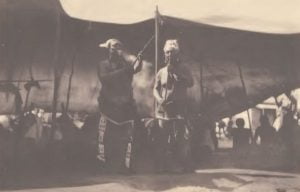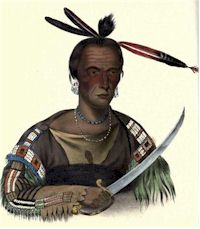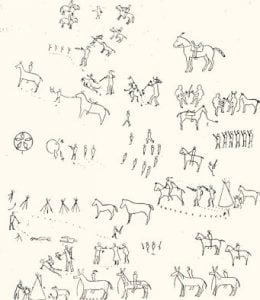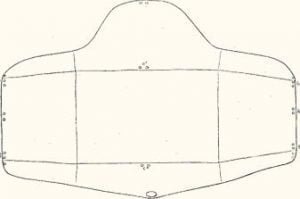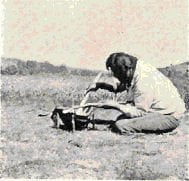Use Of Tobacco Among North American Indians
Tobacco has been one of the most important gifts from the New World to the Old. In spite of the attempts of various authors to prove its Old World origin there can be no doubt that it was introduced into both Europe and Africa from America. Most species of Nicotiana are native to the New World, and there are only a few species which are undoubtedly extra- American. The custom of smoking is also characteristic of America. It was thoroughly established throughout eastern North and South America at the time of the discovery; and the early explorers, from Columbus on, speak of it as a strange and novel practice which they often find it hard to describe. It played an important part in many religious ceremonies, and the beliefs and observances connected with it are in themselves proof of its antiquity. Hundreds of pipes have been found in the pre-Columbian mounds and village sites of the eastern United States and, although these remains cannot be dated, some of them must be of considerable age. In the southwestern United States the Basket Makers, an ancient people whose remains are found below those of the prehistoric Cliff Dwellers, were smoking pipes at a time which could not have been much later than the beginning of our era.

